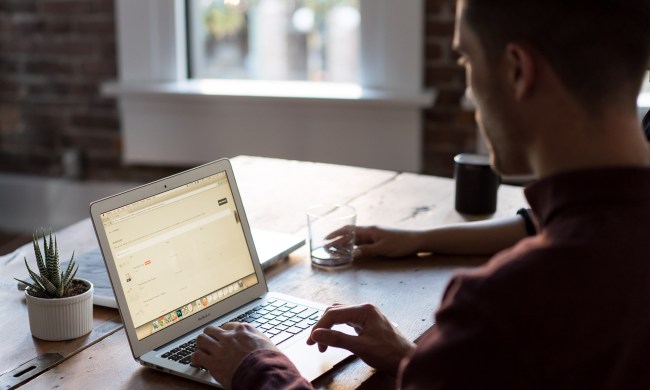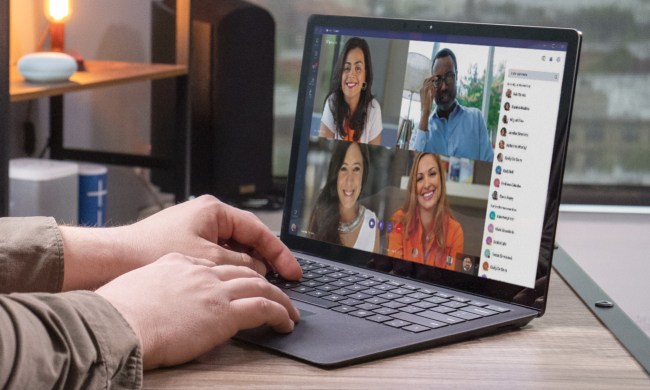How many of you are watching the news on the California fires and not doing anything to prevent what is happening to those poor folks from happening to you? You see pictures of people wandering through the shattered embers of their lives, their memories lost forever and yet I’m willing to bet you don’t even know the last time you have backed up your critical data or even where some of the most important documents in your life are right now.
In one interview a very smart lady had already organized her critical records and put them in a place where she could grab them if they were asked to evacuate, and to her good fortune, she was home when the call came and was able to get the records out. But what if she had been traveling or at work and not allowed back in? Or worse, what if, in her attempt to get her records she had been caught in the fire and been badly injured or worse?
It is at times like this we should step back and take inventory of whether we are prepared for a disaster. We are surrounded by news of potential pandemics, natural and man-made disasters, and there are always those people who, for whatever reason, have to steal from others.
While we lived in a paper world it was hard to make copies and lock them up in a fire and disaster proof repository, but we now live in a digital world and there is no excuse for not having our own disaster preparedness plan. Now I’m going to focus on data backup and recovery but you should also focus on the safety of your family and a good source for information for building a Disaster Supply Kit can be found at the Red Cross but if you don’t want to put one together you can buy one here .
Going Digital
Increasingly, our stuff starts out being digital so we don’t have to scan and convert it and there are probably a few hundred pictures we would hate to lose or maybe few dozen documents (for most of us) that should be scanned and backed up. You can get a good scanner for under $100 USD and even some scanning services who will do this for you (including touching up the pictures when the do it).
This is a good idea even if you never have a disaster because film breaks down over time. I recently went back to some of my old pictures and many have degraded badly and had I not scanned them, they would likely have been destroyed in a few more short years.
You also should take digital pictures of your major assets in case you need to have them covered by insurance. A free software product put out by the Insurance Information Institute called Know Your Stuff is pretty handy for this and it can be a huge help after a disaster or a theft.
Fortunately given the advancements in search from companies like Microsoft and Google you don’t need a document management product anymore, but you should use a consistent file naming method and you should also group similiar things in folders so you can find them. I suggest you start with the date of the item (for some reason we generally can recall dates more easily) and then follow with a description. For instance the file name “20070712_Billy Birthday Laugh1 Picture” would be a picture of Billy’s Birthday of someone laughing on 7/12/2007. If you have a lot of scanned documents both Google and OmniPage (by Nuance) have plug ins that will allow for the scanning of PDF files which should help you find them later on.
Backing Up
Now once you have gone digital you need to make sure there is a copy of this stuff someplace safe. Given that it is more likely that you’ll have a hard drive crash than an actual disaster, the first step is to have a local backup solution like the Seagate FreeAgent drive for one machine or like the Windows Home Server for all f the PCs in and around your home.
This is particularly important if you have a laptop because laptops are frequently stolen and having your data safe at home can take a lot of the sting out of a lost or stolen system. But, in the case of a disaster, having a backup product in the home isn’t enough. You’ll also want to make sure your critical files are backed up on a service like Mozy. Mozy was recently purchased by EMC who arguably leads the world in enterprise storage and that’s like putting your money in the biggest bank, you can be nearly certain it will be there when you need it.
In a few weeks a blended solution will hit the market from Jungle Disk which actually uses the Amazon S3 service to back up a Windows Home Server and comes the closest to a large company solution for the home than I’ve ever seen. We’ll cover services like S3 later on as they represent one of my big trends in technology for 2008, but for now they make a great insurance policy.
Wrapping Up
Folks, the one thing more important than your information is your family and having a good program to protect your assets mean you can, during a crisis, focus on protecting your family. Often we forget that it is our family that truly can’t be replaced and they can’t replace you either. Running frantically around your home or office trying to collect critical documents only to find your escape routes now cut off and your family now at severe risk is more than tragic, it’s tragically stupid because you can prevent it.
This isn’t about products or services, this is about being safe, and as you watch the fires in California, ask yourself, are you prepared for a likely disaster? And if the answer is no, then put fixing that as your highest priority and I’ll hope, with you, that you’ll never actually need it. But I’ll bet you’ll sleep better knowing it is done.


